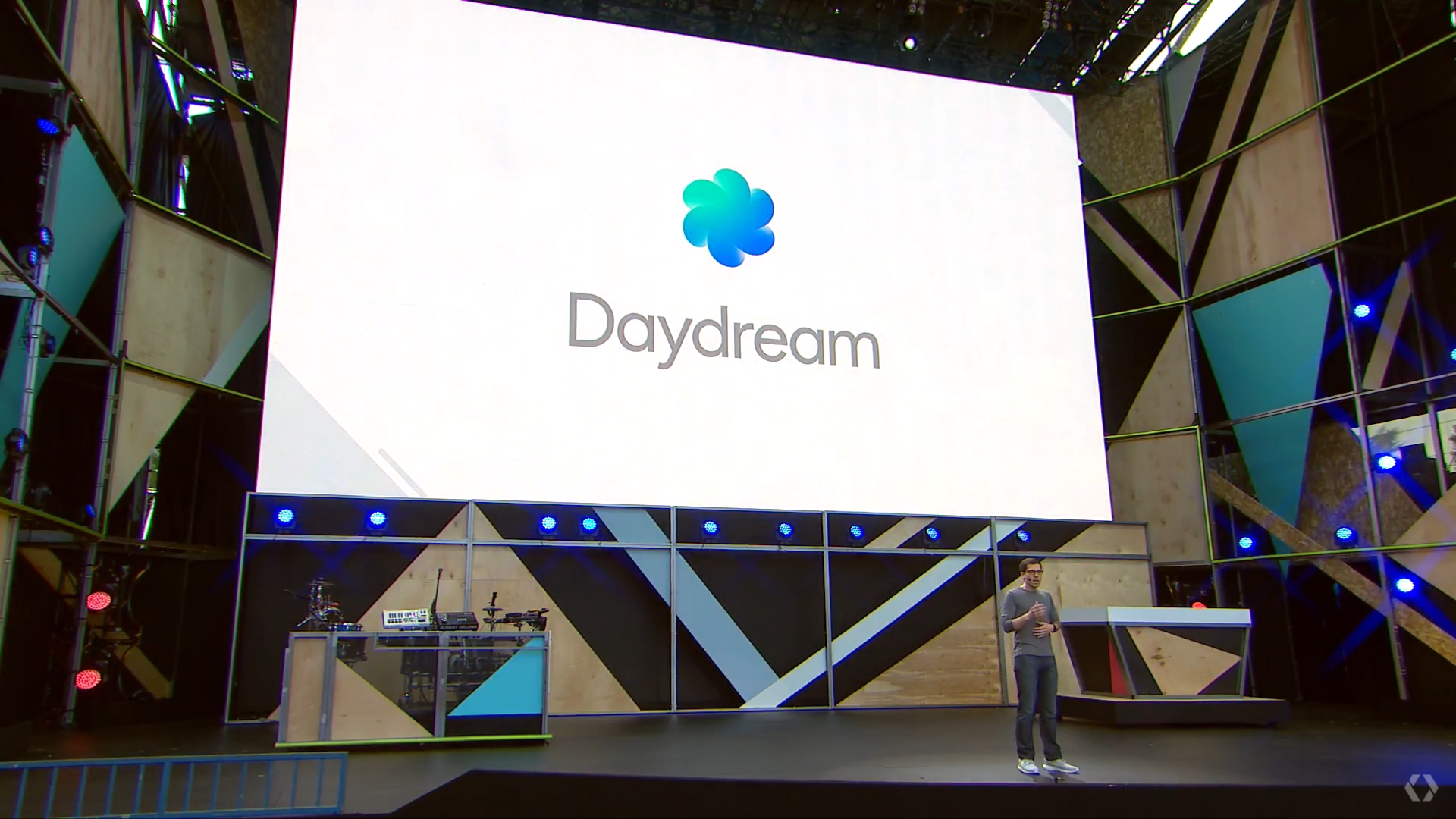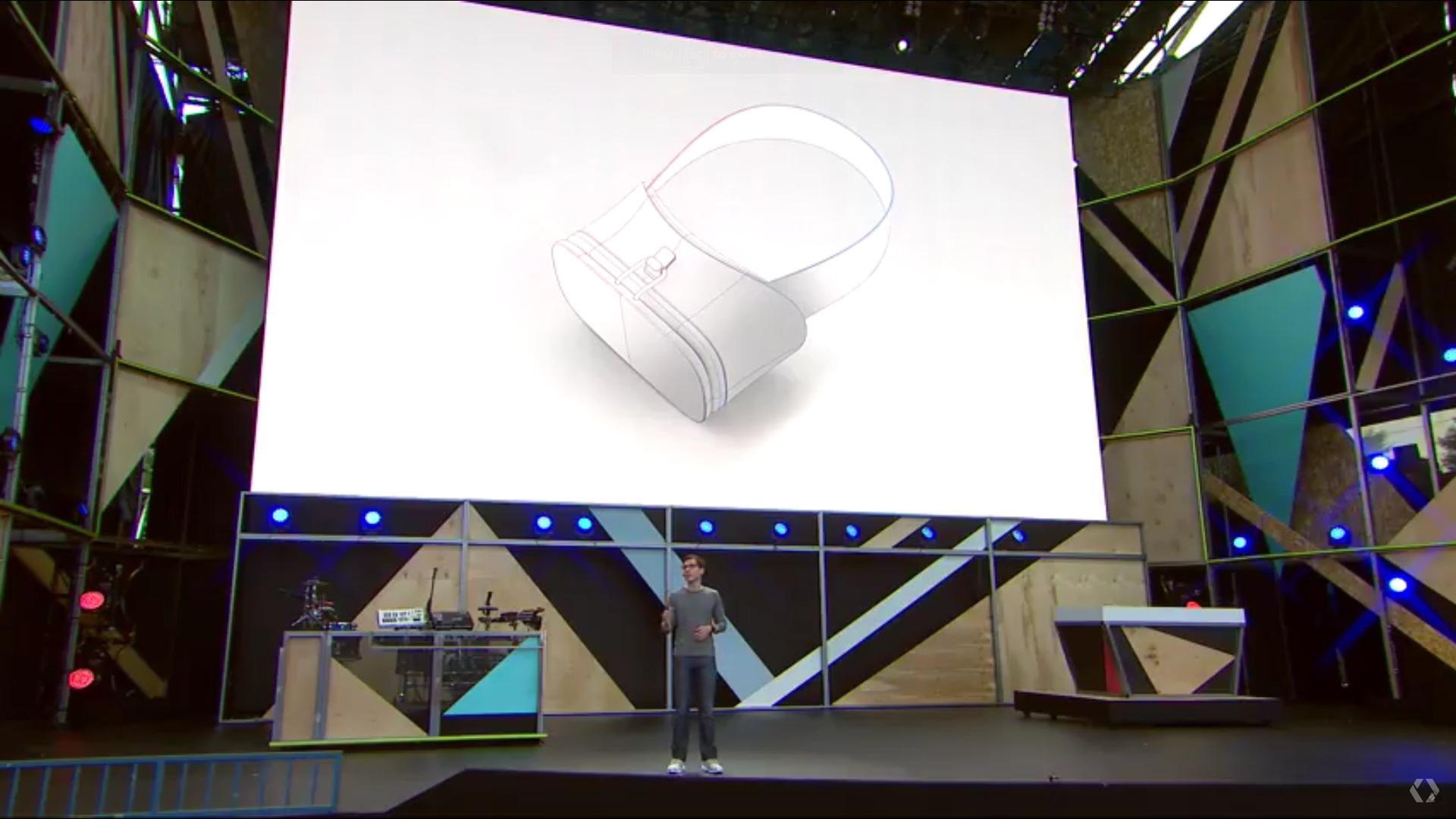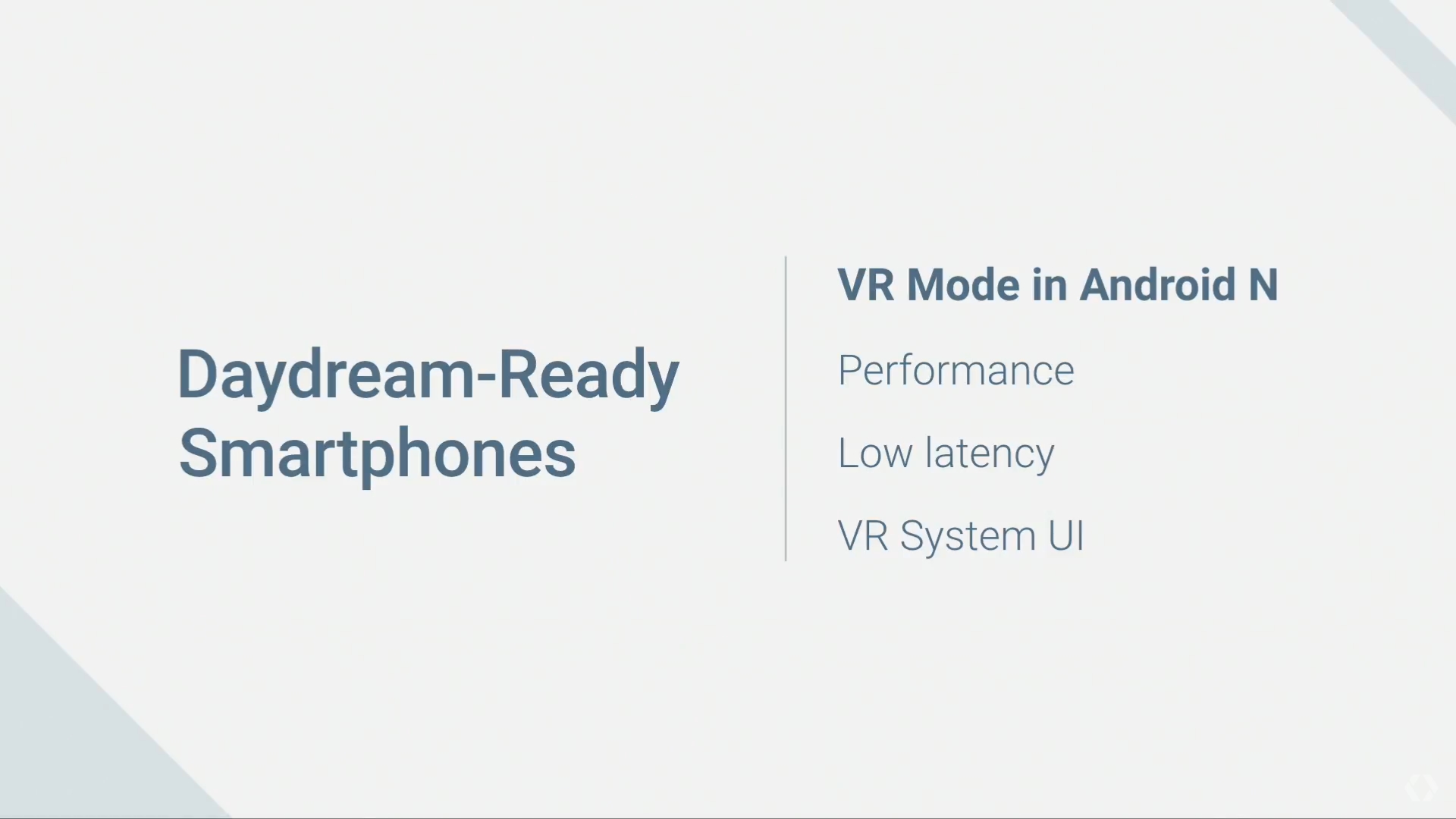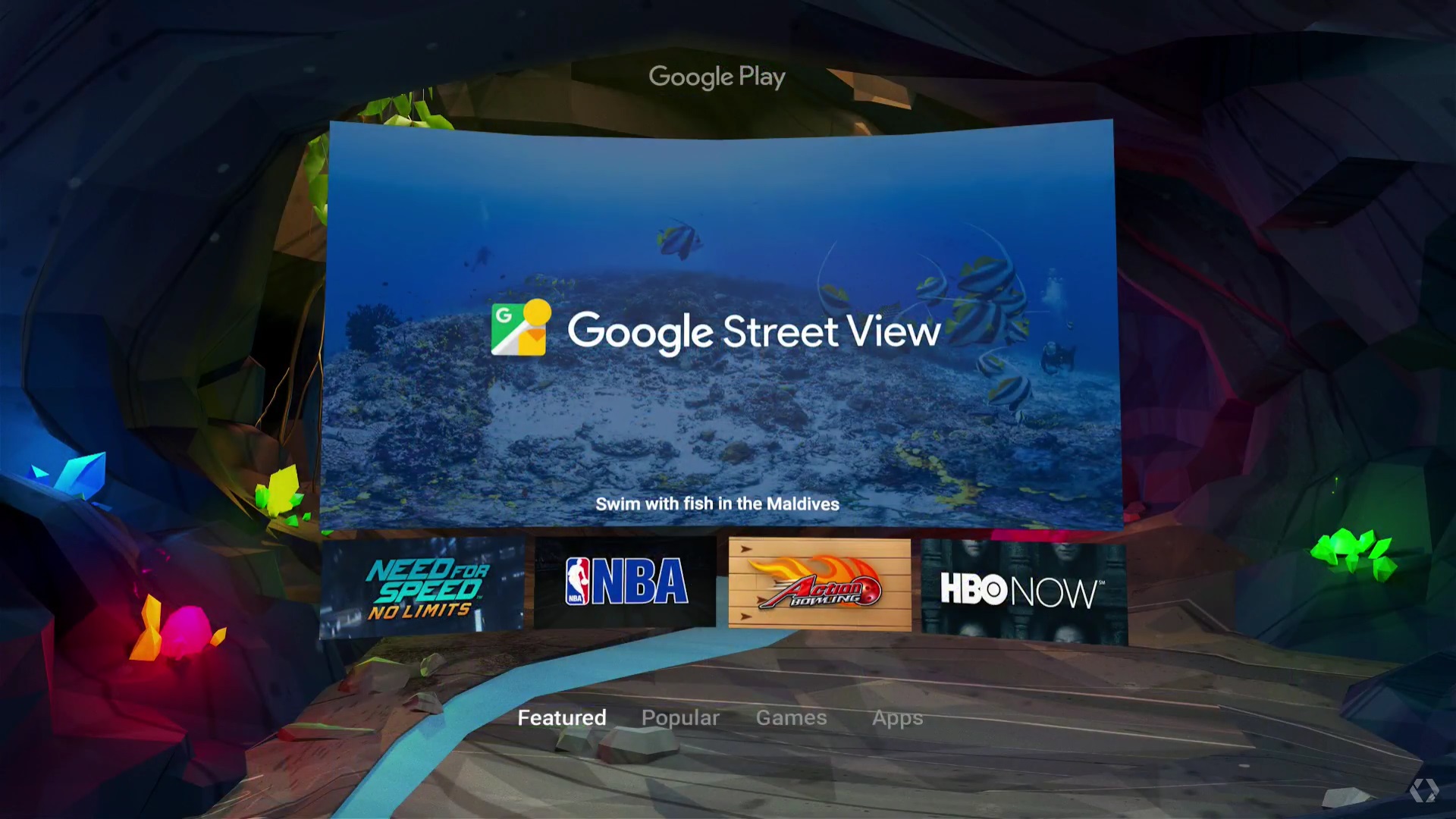Affiliate links on Android Authority may earn us a commission. Learn more.
Google Daydream platform is Cardboard's much more advanced successor

It’s hard to believe it has been two years since Google first took the lid off of Cardboard, its minimalistic vision for VR. In that time, the platform has given a great number of people their very first taste of VR at super affordable price. Taking things a step further, at its I/O 2016 Keynote Google unveiled its successor, Daydream.
While initial rumors pointed towards Google building its own self-contained VR headset, dubbed unofficially as Android VR, it turns out that Daydream actually follows a similar approach to its predecessor in that Google isn’t building the hardware itself, but instead is offering a platform for others to build hardware for. While Cardboard hardware mostly was a “do it yourself” effort, Daydream compatible headsets will apparently be built by a number of Google partners including the likes of HTC, Samsung, LG, and HUAWEI.
The inclusion of Samsung on the list seems a bit surprising given the fact Gear VR already exists, but Samsung also played both fields with Android Wear and its own Tizen-powered watches for a while, so it’s hard to say how things will evolve from here.

To clarify, Daydream headsets won’t be self contained, and like Cardboard will use a mobile phone for its brain, at least for now. Unlike Google Cardboard, Daydream is a much more organized effort, however. For one thing, not just anyone can build a Daydream headset, as it has to meet certain requirements and have certain sensors. It also has to have meaningful ways to control the action. For example, Google is building a Daydream reference headset that uses a motion controller to help engross people in the action, which you can learn more about here.

It’s not just the headsets that have strict requirements, Google will also specifically designate certain phones as “Daydream ready” based on the sensors they have onboard, their displays, and the processing power under the hood. Controlling the hardware that is compatible with its platform is a big part of Google’s agenda with Daydream, but a well thought out software approach is equally important. Thankfully Google seems to deliver here as well.

With Cardboard, there was never a central place for apps and there was no VR specific UI. With Daydream, Google is building an attractive VR mode into Android N, complete with Google Play VR, a VR optimized version of the Play Store designed for Daydream compatible phones and headsets. There’s also a VR optimized version of YouTube that will be part of the experience.
Google says the first Daydream devices will arrive this fall, likely alongside the next-generation Nexus hardware. We currently don’t know much about price, though we wouldn’t be shocked if Google attempts to keep things affordable like the Gear VR, which sells for just $99. It’s also unclear if Google will sell its reference hardware, or create a Nexus headset, or if they will lean entirely on OEMs to produce these VR units. Either way, we can’t help but be excited to see what’s next.
Stay tuned as we’ll be sure to bring you more details as they unfold. What do you think of Daydream? Excited? Share your thoughts in the comments.